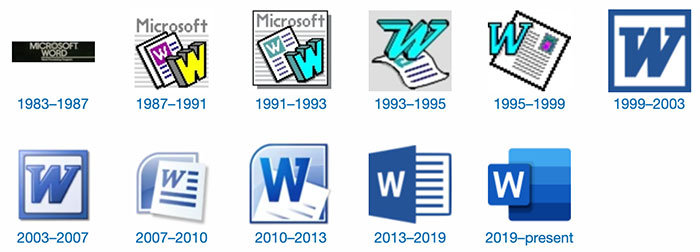
If you never heard of Click-To-Run installation mode, read here. The executable files have kept the same names since Office XP, which are the following:Ĭ : \Program Files \Microsoft Office \Office10 \Ĭ : \Program Files (x86 ) \Microsoft Office \Office10 \Ĭ : \Program Files \Microsoft Office \Office11 \Ĭ : \Program Files (x86 ) \Microsoft Office \Office11 \Ĭ : \Program Files \Microsoft Office \Office12 \Ĭ : \Program Files (x86 ) \Microsoft Office \Office12 \Ĭ : \Program Files \Microsoft Office \Office14 \Ĭ : \Program Files (x86 ) \Microsoft Office \Office14 \Ĭ : \Program Files \Microsoft Office 14 \ClientX64 \Root \Office14 \Ĭ : \Program Files (x86 ) \Microsoft Office 14 \ClientX86 \Root \Office14 \Ĭ : \Program Files \Microsoft Office \Office15 \Ĭ : \Program Files (x86 ) \Microsoft Office \Office15 \Ĭ : \Program Files \Microsoft Office 15 \ClientX64 \Root \Office15 \Ĭ : \Program Files (x86 ) \Microsoft Office 15 \ClientX86 \Root \Office15 \Ĭ : \Program Files \Microsoft Office \Office16 \Ĭ : \Program Files (x86 ) \Microsoft Office \Office16 \Ĭ : \Program Files \Microsoft Office 16 \ClientX64 \Root \Office16 \Ĭ : \Program Files (x86 ) \Microsoft Office 16 \ClientX86 \Root \Office16 \
#How to install office 2007 on windows server 2003 keygen

Hoping to be useful, I’m setting up a public list of all the installation paths of the various versions of Office (from XP to 2016) for all Windows systems.Īll the applications provided by the Office suite ( Word, Excel, Outlook, Access, Powerpoint), if installed, can be found within the given folder(s).


 0 kommentar(er)
0 kommentar(er)
